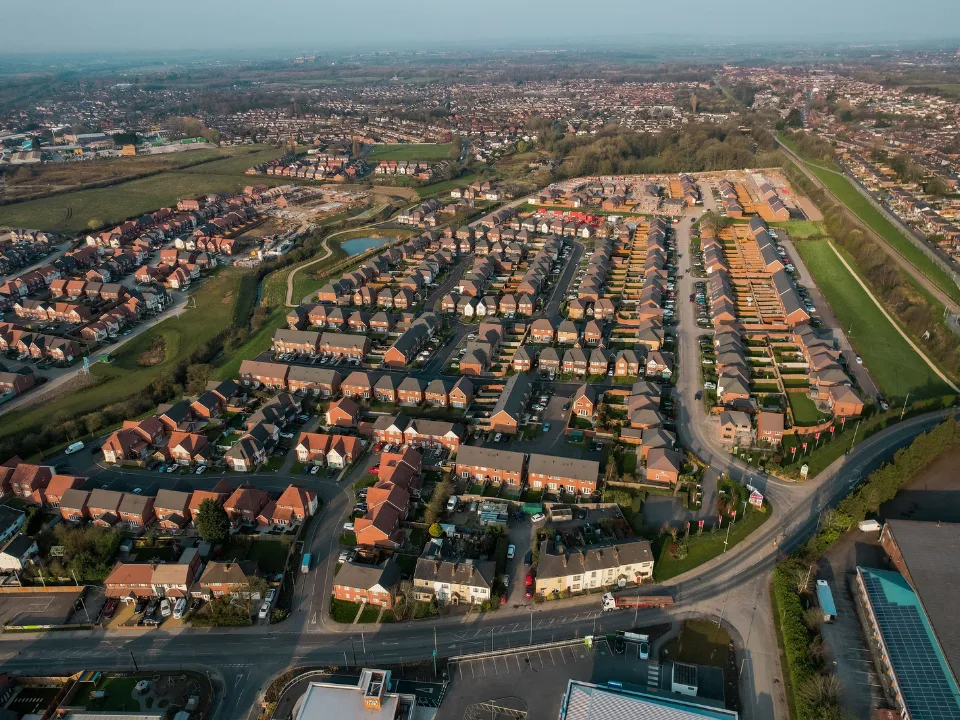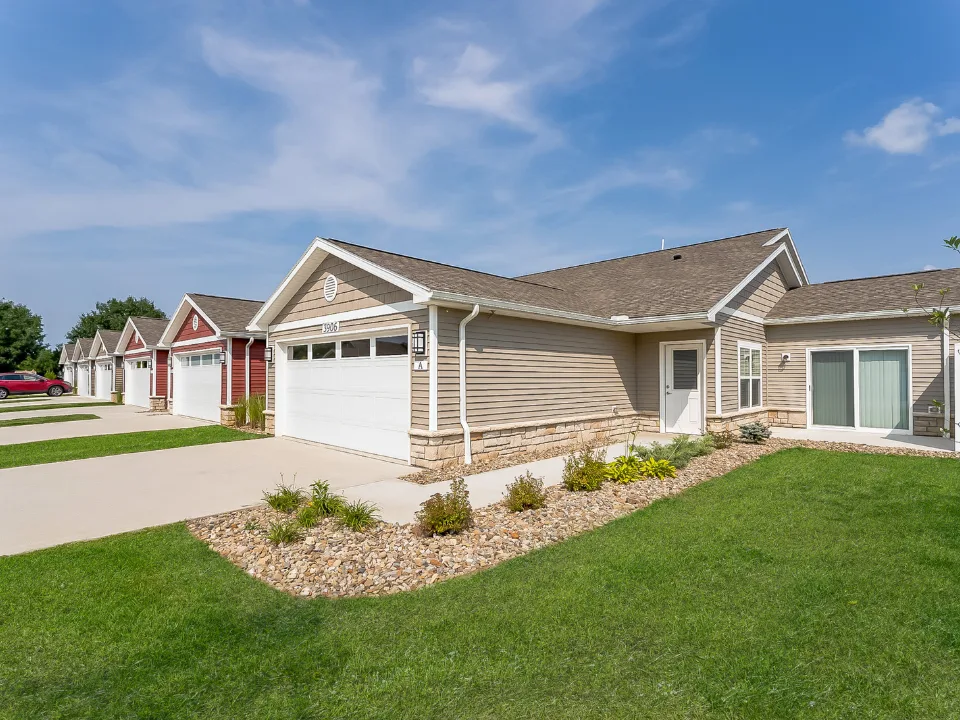- A Yardi Matrix study of 23M rental units found that in a third of the nation’s largest metros, market-rate rents overlap heavily with affordable housing rents, undermining affordability programs.
- Markets like Kansas City, Minneapolis–St. Paul, Austin, Dallas, and Houston see the highest competition, with 50% to 90% of conventional units priced near affordable levels.
- Competition varies not only across cities but within them—Boston, for example, shows wide gaps in the urban core but much narrower differences farther out.
The Big Picture
The national shortage of affordable housing continues to strain renters, even as new federal funding flows into programs like the Low-Income Housing Tax Credit and Opportunity Zones, per Globe St.
But according to Yardi Matrix, whether those tools actually help depends heavily on local rent dynamics—particularly where affordable and market-rate housing overlap.
Where The Overlap Is Greatest
Yardi’s analysis of 120,000 multifamily properties, including 26,000 fully affordable ones, shows that in about a third of the largest metros, the rent gap between affordable and market-rate housing is slim. In places such as Kansas City, Raleigh, Austin, Dallas, and Detroit, as many as 90% of conventional units are priced within the range of affordable housing.
Another 10 metros, including Washington, D.C., Portland, Phoenix, and Atlanta, fall into the “moderately competitive” category, with 25% to 50% of conventional rentals priced close to affordable units.
In contrast, cities like New York, Los Angeles, Miami, and San Francisco show little direct overlap—0% to 25%—because market rents sit far above subsidized levels.
Get Smarter about what matters in CRE
Stay ahead of trends in commercial real estate with CRE Daily – the free newsletter delivering everything you need to start your day in just 5-minutes
Neighborhood Matters
The report emphasizes that competitiveness isn’t just about metro averages. Boston illustrates how location shapes affordability: in the city’s urban core and inner-ring suburbs, affordable rents average $1,819, far below the $3,000-plus market rents. But farther from downtown, the difference narrows, and competition intensifies.
Why It Matters
When affordable housing rents are too close to conventional market pricing, subsidized developments lose their intended edge. Instead of providing a meaningful discount, they compete head-to-head with market-rate units for the same tenants—diluting the benefit for low- and middle-income families.


















